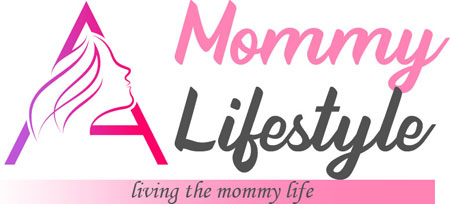You have probably noticed that your kid feels much better and happier after a long walk or run.
It has long been known that physical activity and sports have a beneficial effect on both physical and mental health. Numerous studies have shown how good it is for healthy growth and development. Being physically active is also a way to prevent various diseases, such as deformities of the spine, flat feet, heart and blood vessel diseases, diabetes, etc., explain indoor activity professionals from Uptown Jungle in North Las Vegas.
So what exactly are the benefits of being physically active when it comes to toddlers?
What does being physically active do to the body?
Within 60 minutes of being physically active, endorphins and serotonin, better known as happiness hormones, are released. When the body releases these hormones, a person has a feeling of satisfaction and well-being, which has led to these hormones being popularly called “happiness hormones”.
Playing indoors or outdoors is one of the most important areas and factors in a young body’s growth and one should spend as much time as possible in it. Some data from German authors show that preschool children cover up to a whopping 98 km during one week, and as soon as they start school, this movement decreases dramatically to 54 km per week.
Parents often face a dilemma regarding what is the right time for the little ones to engage in sports. The answer depends on a child’s age and what sports activities are suitable for that age.
Obviously, toddlers do not need strenuous training or going to the gym. Strenuous activities are intended for adults and not developing young bodies. That is why early childhood primarily includes active play and opportunities to move freely and explore their environment.
The preschool age should be filled with a variety of fun-filled recreational activities such as walking, running, jumping, climbing, etc. or modified games that are age-appropriate. The true goal should be to help toddlers develop healthy habits, fulfill free time in a constructive way, and fall in love with physical activity.
What is the difference between exercise and physical activity?
Any movement which engages our muscles is referred to as physical activity. This is how we spend out energy. Depending on the types and intensity levels of our daily activities, we can differentiate between:
- Light intensity activities such as making the bed, packing school bags, playing toys,personal care, putting on clothes, household chores, slow walking, etc.
- Moderate intensity activities make you breathe harder and your heart beat faster – walking uphill, brisk walking, cycling, etc.
- Vigorous intensity activities include ball games, rope skipping, running, etc.
An exercise is a structured activity that usually requires certain skills (such as playing football or swimming).
What are the benefits of physical activity?
Physical activity is beneficial because it:
- Has a positive effect on muscle and bone development
- Helps improve social skills.
- Enhances movement and coordination.
- Helps us maintain good health and healthy body weight.
- Improves sleep quality.
- Promotes healthy brain development and improves learning ability.
On the other hand, not having enough activity can have negative effects, such as:
- Obesity
- High blood pressure
- Poor attention or school performance
- Poor self-image
What level of physical activity do young children require on a daily basis?
Every day, young children from 2 to 6 years old should engage in activities that involve movement for at least 3 hours, such as:
- School activities: singing, games, morning exercises, self-care.
- Extracurricular activities: playing in a park, swimming, cycling
- Daily activities: walking to school, tidying up toys.
How to get your kid moving?
Stay active with your little munchkin! In that way, you can help improve their fitness and foster a better parent-child relationship:
- Encourage more self-directed play instead of video games, computers and TV.
- Assign household duties, like washing dishes, vacuuming or raking leaves outside.
- Take the long route and lead by example. Use stairs rather than escalators or elevators.
- When using public transport, get off the bus or train one stop earlier and walk the rest of the way.
- When you cannot play outdoors in your local park, you can try indoor fun parks.
Remember, the more physically active your toddler is, the healthier their future habits are going to be!

